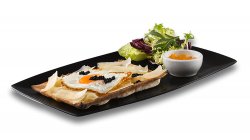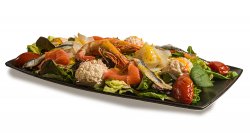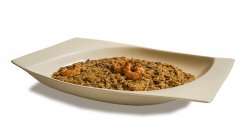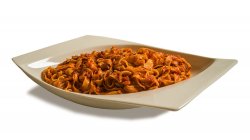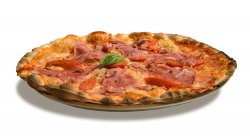
Piedmont - The Birth of Italy and the French Influence
Piedmont stretches across northwest Italy, between the mountains of the Aosta Valley, the Alps and the Apennines, hence its name, which means "at the foot of the mountains". It is home to about 1,200 villages and towns that played an instrumental role in the history and birth of the Italy we know today.
Goths, Byzantines, Carolingians and Saracens ruled this territory, known today as Piedmont, until its annexation to Savoy in the 11th century. Since then, Piedmont was ruled by the House of Savoy at intervals. The region remained divided into numerous duchies and marquisates that continuously fought each other for extended periods.
Though the clashes with the French began in the 16th century, France did not effectively occupy Piedmont until the 17th century. Power struggles between Savoy and France continued to rage throughout the 18th century.
Having survived constant invasions by the French and the Austrians, Piedmont became the rallying point for Italy's unification in the 19th century, and leaders of the first War of Independence between 1849 and 1861, which ultimately led to the defeat of the Austrians. This spawned the idea of Italy as a nation with a cultural and political map.
Camillo Benso, a Piedmontese politician and the main ideologue of Italian unification, became the head of the new nation's government. King Victor Emmanuel II of Piedmont was also the first king of Italy.
Of all the cultures that influenced Piedmont, the French influences are undoubtedly the most visible today. It inherited France's gallantry, refinement and perfectionism. These attributes have also left their footprint on its cuisine. Even the most simple and traditional dishes became more sophisticated in terms of the recipe and presentation. French was the official language of the court until the mid-19th century, and French influence dominated its cuisine until the early 20th century.
Owing to its geographical diversity, this Italian region produces a large variety of agricultural products: corn, barley, wheat, rye and oats are grown on the lowlands; while vineyards, fruit trees and vegetables cover the hills of Novara province; and Vercelli accounts for 70% of Italy's rice production. Furthermore, trout and frogs abound in Piedmont's mountain rivers. However, the star product of this rich region is, without doubt, the white truffle, an exclusive gastronomic oddity whose price ranges between €2,500 and €5,000 per kilogram. One of the best chocolates in the world is also made here. Indeed, few people seem to know that the first, sweet chocolate bar in Europe was made here. In fact, chocolate with hazelnuts is also a local invention. We cannot forget either that Piedmont is the region with the longest winemaking tradition in Italy, home to some of the most prestigious wines. Piedmont is the primary producer of meat and one of the top producers of butter and cheese in Italy thanks to its mountain pastures.
Piedmontese cuisine is a curious blend of hearty, rural dishes with a light, sophisticated and aristocratic French touch. Every corner of Piedmont has its own specialties and influences, where tradition and modernity meet. The many food festivals that take place in Piedmont each year highlight the importance of cuisine in this region. Piedmontese consider eating an experience in itself. Indeed, the sheer quantity and variety of dishes in any meal will make finishing it all a real challenge.
However, what truly sets Piedmontese cuisine apart from other Italian regions is the near absence of pasta. In fact, pasta has been historically considered as a dish for the poor; just something to fill your stomach, saving on ingredients and money. The rich cuisine of Piedmont will give us plenty to talk about on this trip. Its small villages and large cities show us the least known side of Italian cuisine.
If we wish to start understanding its origins and influences, we must start with its capital, Turin. On our next visit, we will tell you more about the products, dishes and customs that best describe Piedmontese cuisine.
45.0522366, 7.5153885
Piamonte
Piedmont (Italian: Piemonte; Piedmontese, Occitan and Arpitan: Piemont) is a northwestern region in Italy, and part of the Alps-Mediterranean Euroregion. Its capital is Turin. It borders to the north with Switzerland (Valais and Ticino Cantons), Lombardy to the east, Emilia Romagna to the southeast (barely 8 km), Liguria to the south, France (Rhone-Alpes and Provence-Alpes-Côte d'Azur regions) to the west and Aosta Valley to the northwest.
City: 4.450.359 hab.
Surface area: 25,402 kmª
In our menu
Categories
